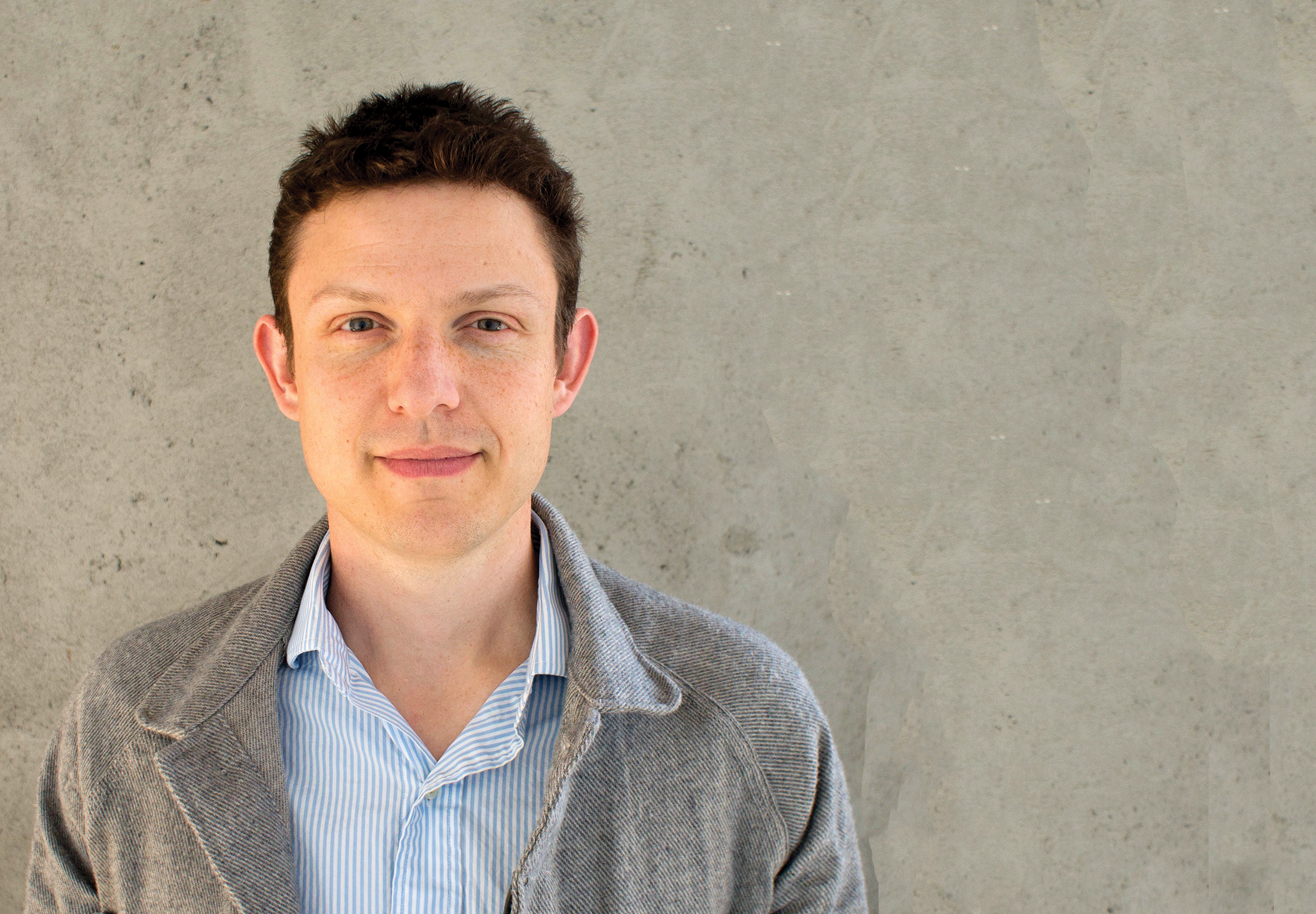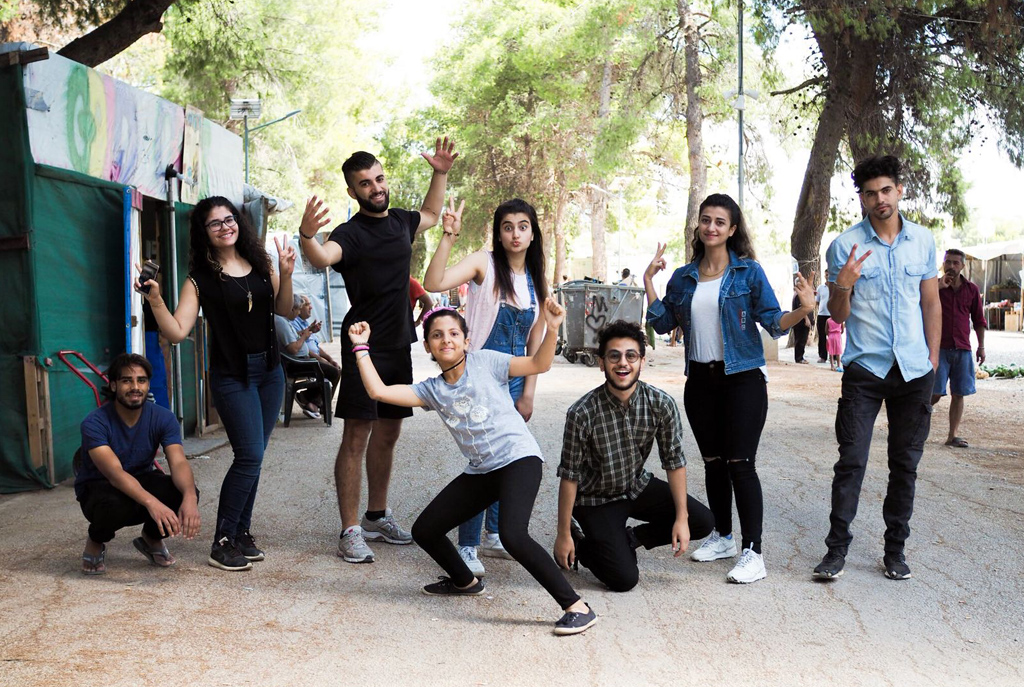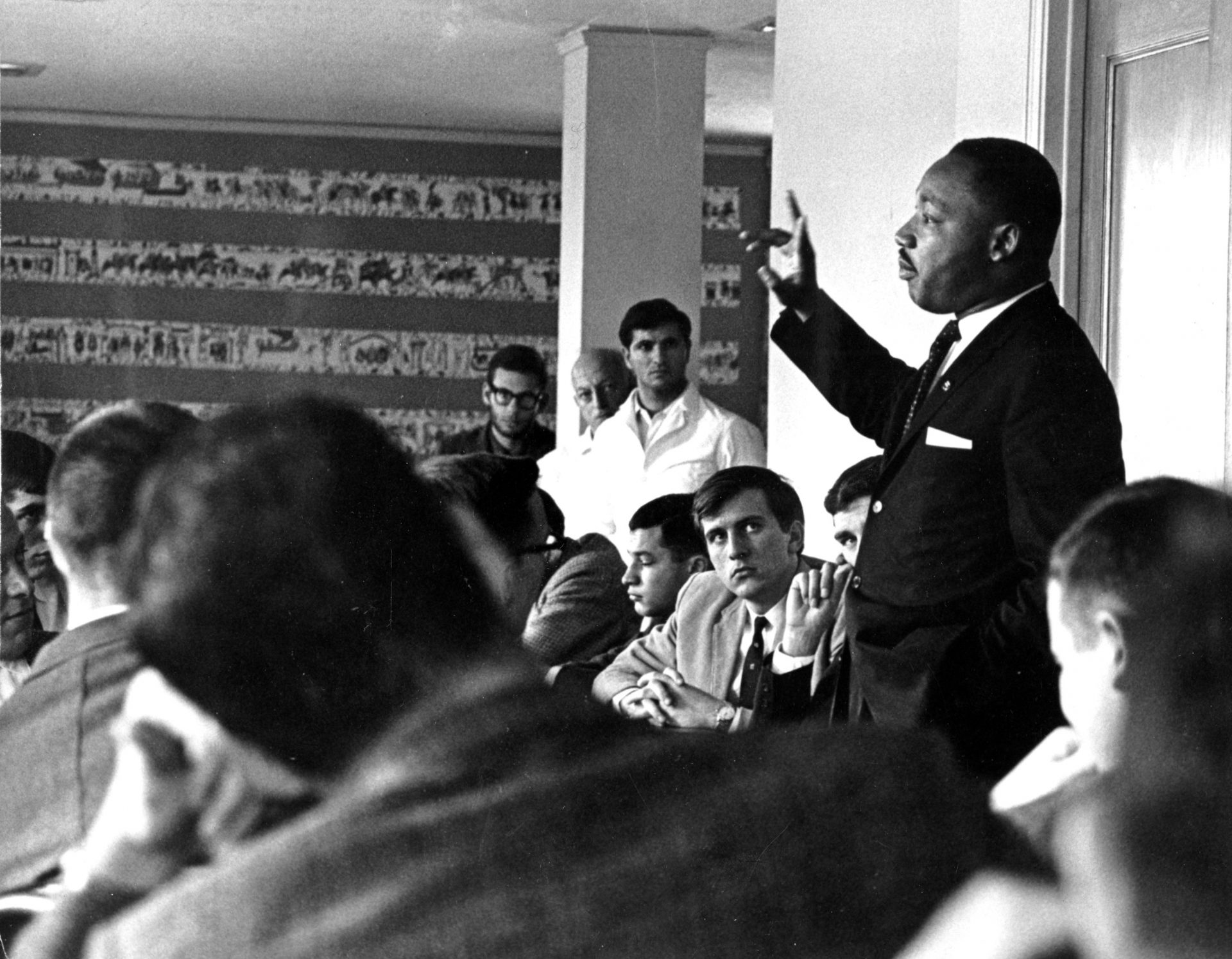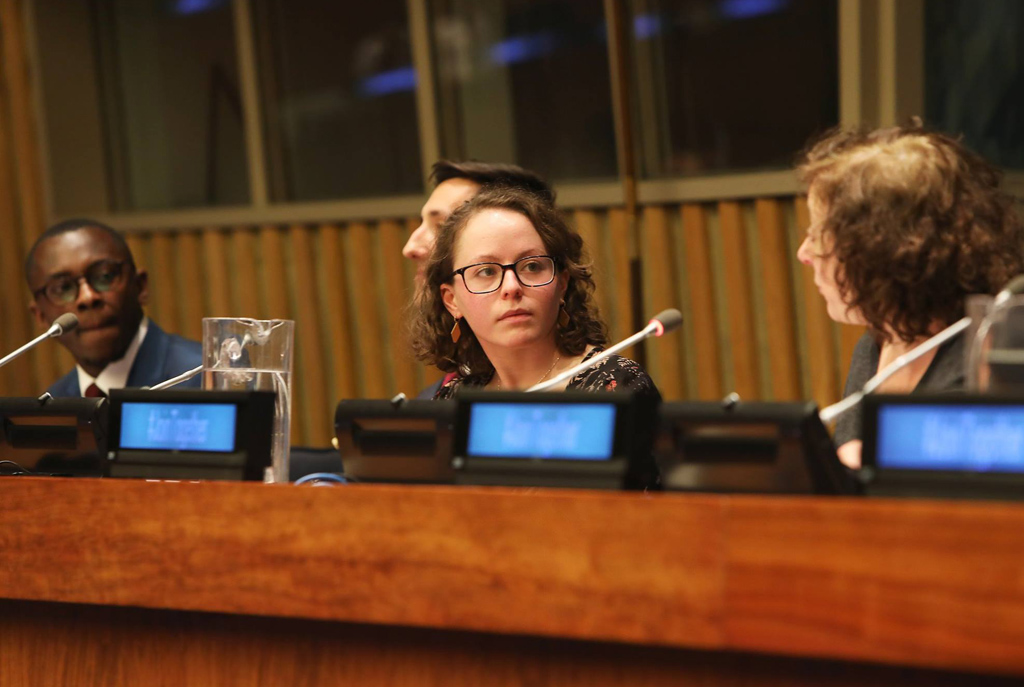Addressing the Threat of COVID-19

Ben Oppenheim ’02 is a senior director and senior scientist at Metabiota, a start-up focusing on epidemiological modeling and epidemic risk preparedness. He is also a senior fellow and visiting scholar at the New York University Center on International Cooperation and a research affiliate for the Institute for the Future. In 2018, Oppenheim participated in a workshop at the National Academy of Medicine devoted to pandemic preparedness and took time to discuss his work on epidemiological modeling and international preparedness. With the recent, rapid spread of the novel coronavirus and COVID-19, Oppenheim shares his insights on and recommendations for managing this global pandemic.
It’s been two years since we asked you about the Zika virus, which at that time was a big concern in the news. We now find ourselves faced with COVID-19 and what appears to be a more widespread virus than we have experienced before. Was this avoidable?
Ben Oppenheim: We’ve had two previous coronavirus epidemics, SARS in 2002 and MERS in 2015. This type of virus has, in effect, been on the global watch list for a while. But we haven’t seen the necessary level of investment in vaccines and rapid diagnostic tests for a known and deadly threat. At the policy level, there hasn’t been enough attention to addressing some of the risk factors that cause viral spillover, like the wildlife trade. Global disease surveillance and response systems have improved, but are still massively under-resourced. Pathogens are periodically going to jump from wildlife to humans, and we’re going to see outbreaks. That’s basically inevitable. But we can do a lot better at preventing those outbreaks from exploding into epidemics.
What makes the coronavirus so much more of a threat than Zika or Ebola?
BO: COVID-19 has a mix of characteristics that put it in a dangerous sweet spot. It spreads efficiently, via respiratory droplet transmission. People who are infected but not showing symptoms can spread the virus. It’s deadly, but not too deadly, which made policymakers and the public too complacent in the early stages of its international spread, when we could have clamped down harder on transmission. All of this adds up to a disease that can spread easily, evade detection, and potentially overwhelm health systems. Ebola is a serious threat, but doesn’t have the potential for the kind of global contagion we’re now seeing with COVID-19. Its virulence tends to limit its spread: its symptoms are much more obvious and identifiable, and people who are infected are much more debilitated and less able to broadly spread the virus.
Right now there seems to be a lot of panic but not a lot of information. Are we overreacting? Are we underreacting?
BO: Unfortunately, I think we’re doing both. The overreaction is visible: I’ve seen empty shelves because people are panic-buying toilet paper, medicine, disinfectants, and masks that they really don’t need. Stocking up is a totally natural reaction to a frightening and uncertain situation. But it doesn’t help. Those empty shelves just deepen the overall level of anxiety, and then people who actually need disinfectants, masks, or other supplies are out of luck.
Then there’s the under-reaction. Social distancing is one of the most powerful tools we have to limit the speed and potentially the scale of the pandemic. The problem is that it requires changing some pretty basic behaviors: how we live, work, commute, and interact with our friends and our communities. But we need to start socially distancing in outbreak hotspots, and we need to do it now.
Your expertise is in pandemic preparedness; how did the US (or the world) rate in terms of our level of preparedness? What could we have done better? What did we get right?
BO: COVID-19 is the third pandemic of the 21st century, and we’ve managed to collectively learn some lessons. Data sharing during a health emergency is absolutely critical, and on that front we’ve done well: Chinese scientists shared genetic and clinical data on the novel coronavirus incredibly quickly, and that information is essential for understanding the threat and developing response plans. More broadly, governments are paying more attention to preparedness: over a hundred countries globally have gone through a World Health Organization assessment process to identify gaps. The problem is that there are a lot of gaps, and we’re not doing nearly enough to close them. Funding for preparedness tends to dry up as soon as the latest crisis is in the rearview mirror.
The United States is a mixed bag. We have incredible scientists and champions for public health. And we have political leadership at the moment that is outright hostile to them. The Trump administration dismantled a critical public health security team on the National Security Council that would have led the response to a crisis like COVID-19, and the CDC’s budget—and the broader budget for global health—is under threat exactly when we should have been scaling up. We’re on the back foot in this crisis, and we needn’t be. Then there are deeper structural issues. Not enough people in this country have paid sick leave. Not enough people have access to the health care they need. Not enough people have access to social safety nets. The inequalities and injustices we’re grappling with as a society can make a pandemic like COVID-19 more severe and amplify all of the secondary effects that do societal and economic damage.
What would your advice be for riding this out and what do you see as the next greatest threat, since you seemed to have predicted this one?
BO: Well, this is reassurance rather than advice, but I think it’s important to say: this pandemic is serious, and it’s frightening. But we’re going to get through it.
With that said, two pieces of advice. First: Take social distancing seriously. Avoid crowds and big gatherings, limit unnecessary social contact, work from home if you can. But you don’t need to be a complete hermit. We need community to get through crises like this. Just be mindful of the risk, especially if you’re interacting with anyone who might be especially vulnerable, like elders or anyone with pre-existing conditions. Second: Wash your hands. Carefully. And often.
As far as the next threat goes, what worries me the most is pandemic influenza. We will, at some point, see the emergence of a new pandemic strain, and its potential speed and lethality could put enormous strains on our healthcare systems and our societies. We need to be ready.
Is there anything that individuals can do to help prevent a widespread pandemic or is it mostly up to governments and healthcare organizations to help us resolve this crisis?
BO: There’s a lot we can do as individuals and communities. Start social distancing if you live in a hotspot or in an area that’s seeing new cases. And do what you can for vulnerable populations. People are going to be hurting during this pandemic. Our homeless are potentially at much greater risk, small businesses and people working in service industries are going to be out of work. If you have resources that you can donate, it could mean a lot. It’s a moment for solidarity.



